Maintaining the correct moisture level in your crawl space may be the difference between a healthy house and one that suffers for years due to moisture shortcuts taken with the crawl space. So, how much is too much or too little in humidity? Most experts agree that keeping the relative humidity at 30-50% throughout the year is ideal. Keeping the relative humidity within this balance will prevent mold growth, wood rot, and structural damage while maximizing energy efficiency and insulation performance.
Humidity represents the quantity of moisture in the air. Excessive moisture leads to many problems, including low-quality air, damage to your home's foundation, and pest infestation. In severe situations concerning low humidity, materials could be left extremely dry, which will cause inefficient insulation and an uncomfortable living condition.
Why Humidity Matters in Crawl Spaces
Generally, people do not care for a crawl space. However, the most important reason for maintaining proper moisture levels in this space must be addressed. Here's why;
High Moisture
When moisture content exceeds 50%, the crawl space becomes a haven for mold, mildew, and fungus growth. These microorganisms love humid conditions and can severely damage woodwork and weaken your house's overall strength. The development of molds also leads to contamination of the living air, which can lead to respiratory problems, allergic reactions, and other health issues for your family. Such conditions lure pests like termites and rodents that can further destroy your property.
Low Humidity
On the other hand, low humidity below 30% may cause the materials in your crawl space to dry out. That will reduce the efficiency of your insulation, and your HVAC system may end up working harder than it ought to to keep your indoors at recommended temperature levels. Dry air can also cause wooden beams and flooring to crack, which may eventually lead to structural problems over time.
Balance
One should ensure an appropriate humidity level within his crawl space. If it is kept between 30 and 50%, one can avoid many expensive repairs and enhance the general energy efficiency of a house. Proper humidity control protects the air quality in your home, ensuring your family stays healthy.
Search for answers? See our top picks for Crawl Space & Basement Dehumidifiers.

The Ideal Crawl Space Humidity Level
Maintaining a humidity level between 30% and 50% in your crawl space will protect your home from damage and ensure good air quality. But how do you monitor and maintain this ideal range?
How to Measure Humidity Levels
A hygrometer is required to determine the humidity level in your crawl space. It detects the moisture content in the air and will alert you to take remedial action if the level becomes too high or too low. An example might be watching for humidity levels, which should be monitored closely during seasonal changes when outdoor conditions can adversely affect indoor conditions.
For example, wet crawl space areas will occur when it's hot and humid in the summer simply because warm air is let in. Conversely, winter may bring cold, dry air, which can also force the humidity to become too low. By monitoring humidity regularly, you can make the necessary adjustments to maintain the recommended level.
Seasonal Variations
Moisture levels inside a crawl space generally rise due to seasonal changes. If, for example, a house has warmer months, the humidity outside also increases, and so does the moisture level in the crawl space. If not controlled in the crawl space, moisture buildup can lead to water damage, wood rot, and mold. A dehumidifier is always recommended during warmer seasons.
Conversely, the drier nature of the cold months is likely to be present. At first glance, it appears harmless; however, the dry air tends to unduly compromise the effectiveness of insulation and make your heating system work harder.
If this is the case, a humidifier keeps the humidity at an optimal level, making your house comfortable throughout the year and reducing utility consumption.
Find out our complete range of humidity control products, including desiccants specifically designed to control moisture in crawl spaces.
How to Control Crawl Space Humidity
Whether you have a problem with high or low humidity, there are numerous ways to achieve a more balanced moisture level in your crawl space.
Reducing High Humidity
High humidity in your crawl space is the major problem, yet there are few simple, practical solutions to control it.
- Install a Vapor Barrier: A vapor barrier is installed on the ground floor of your crawl space. This prevents moisture from coming up from the earth. It's even more helpful for crawl spaces with a dirt floor; as you know, moisture tends to build up in those.
- Use a Dehumidifier: The best dehumidifier will help cut down moisture in the air, keeping your crawlspace dry. We recommend the BaseAire AirWerx55 Crawl Space Dehumidifier; it can efficiently handle high humidity levels and set optimal conditions for your crawlspace.
- Ensure Proper Ventilation: Add a ventilation system or exhaust fans to your crawl space for better ventilation and prevention of moisture entrainment. Moisture levels need to be strictly kept at bay in hot, humid summer months.

Increasing Low Humidity
The humidity in your crawl space may get too low in some seasons. Here is how you can increase the moisture level to livable levels:
- Adjust Ventilation Settings: In winter, you may reduce the ventilation to retain more moisture in the crawl space. This helps avoid over-drying the air, which could even cause cracking in wood materials and inefficiencies in insulation.
- Use a Humidifier: Whenever the air is too dry, especially in colder climates, a humidifier can balance moisture. By replenishing moisture in the air, you prevent materials in your crawl space from drying up and consequently keep your insulation running at full capacity.
To ensure long-term humidity control, we recommend inspecting your crawl space from time to time. You would check for signs of moisture buildup and take action to avoid costly repairs early on. This method allows you to access various humidity control solutions, such as dehumidifiers and vapour barriers.
Conclusion
To keep your home safe from moisture-based problems, you should maintain humidity levels between 30 and 50 percent. Moisture control prevents mold, wood rot, and structural damage and even helps improve energy efficiency.
Whether your home experiences high or low humidity, the right tool installed, such as a vapor barrier, dehumidifier, or humidifier, can make all the difference. Keeping track of and changing with the seasons is sure to keep your crawl space in great condition.
Explore our Crawl Space Dehumidifiers Line to get the right product for your home and begin the fight against moisture damage to your building.
For detailed advice, visit our website, where you can discover a wide range of products to help you manage your crawl space humidity.

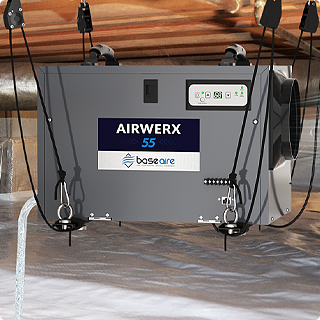
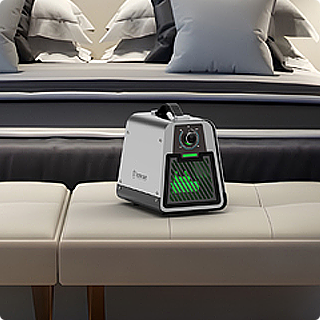
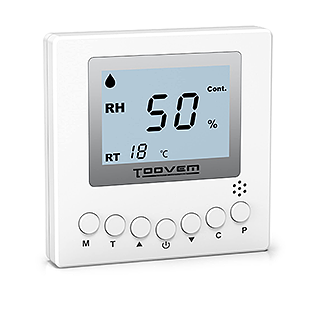
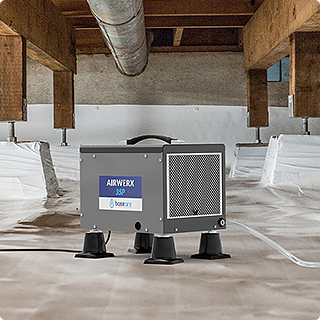
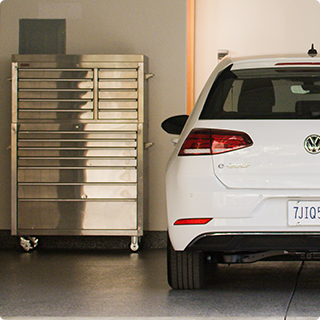
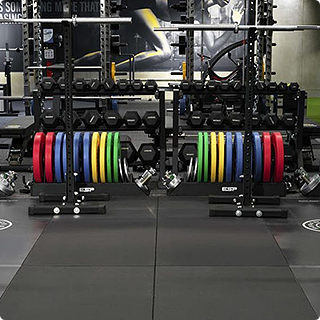
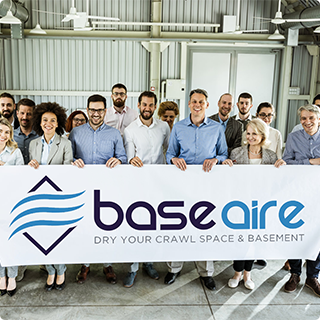

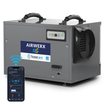
![BaseAire 888 Pro 7,000 mg/h Ozone Generator, Digital O3 Machine Home Ozone Machine Deodorizer - Ozone Generator from [store] by Baseaire - Disinfection, Ozone Generator](http://www.baseaire.com/cdn/shop/products/888-Pro-_-1.jpg?v=1698817267&width=104)
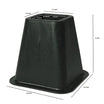

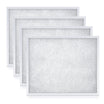
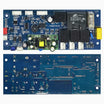

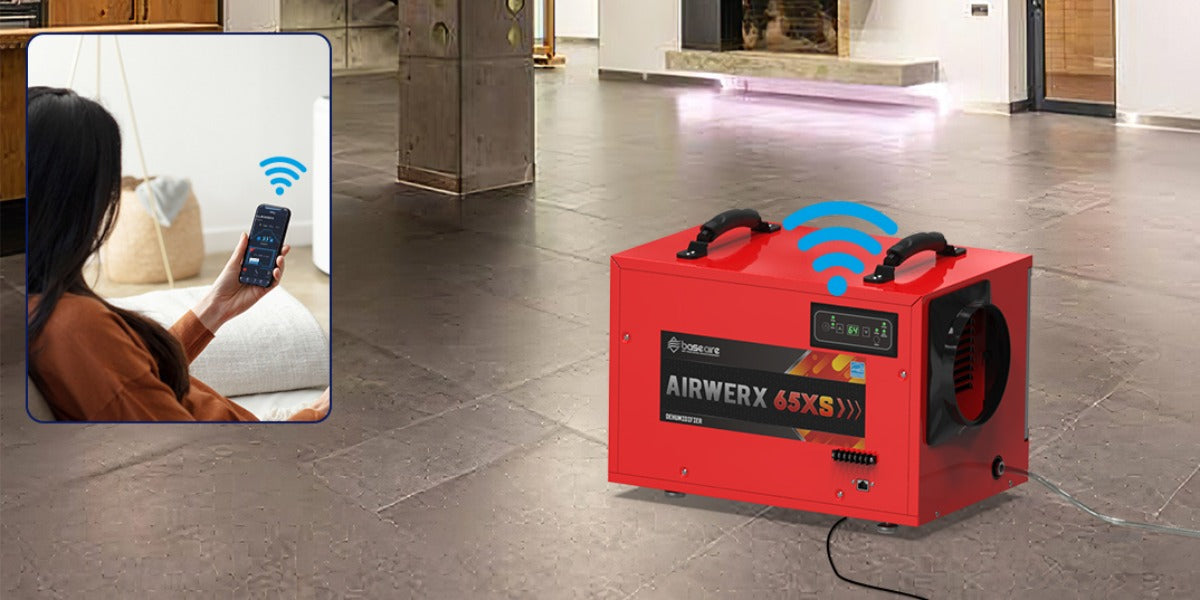

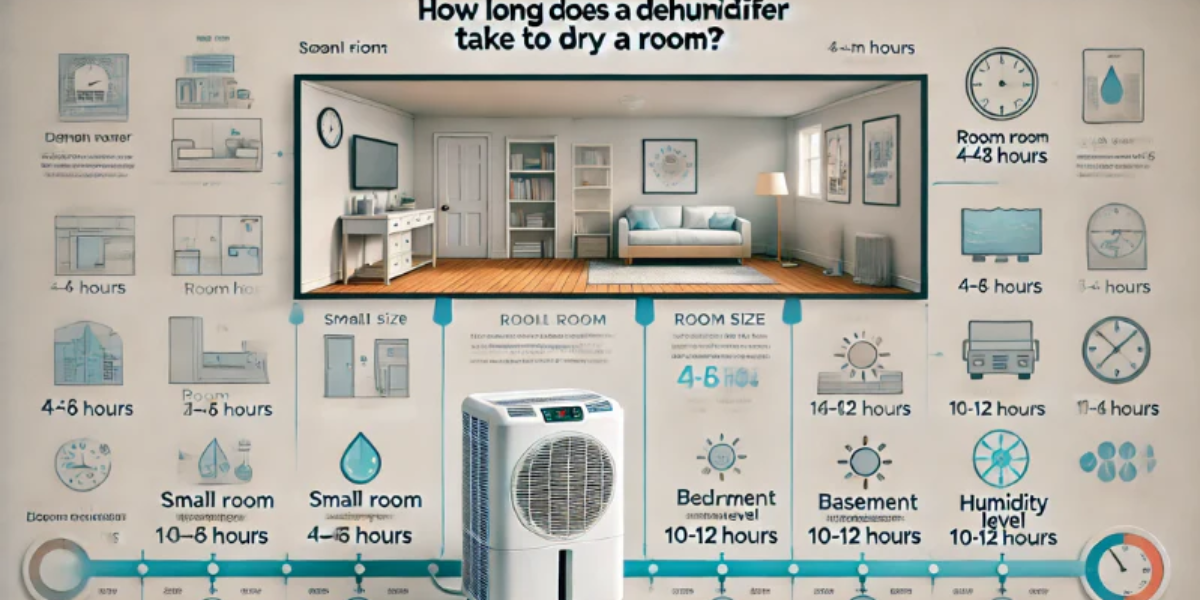




Hinterlasse einen Kommentar
Alle Kommentare werden vor der Veröffentlichung geprüft.
Diese Website ist durch hCaptcha geschützt und es gelten die allgemeinen Geschäftsbedingungen und Datenschutzbestimmungen von hCaptcha.